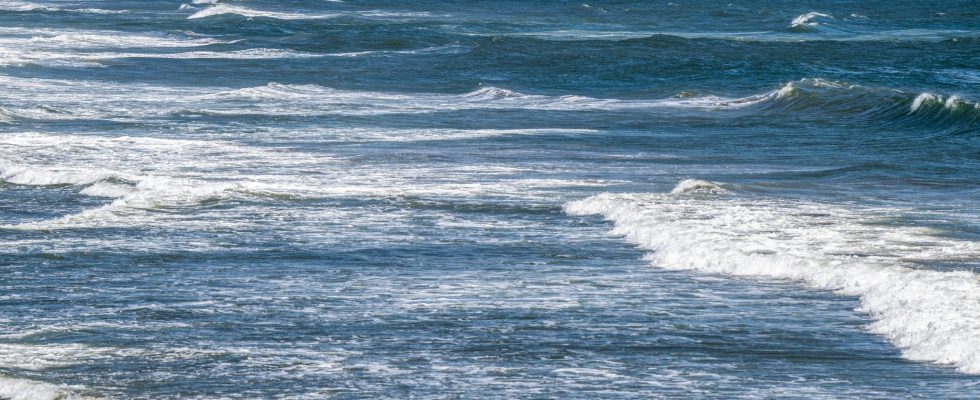The controversial discharge of wastewater from Japan’s Fukushima nuclear power plant in the Pacific has sparked a wave of disinformation in China, with viral posts reporting, without scientific basis, worrying contamination of the ocean.
“By dumping #Fukushima’s nuclear-contaminated water into the sea, Japan is unleashing Godzilla, a symbol of its own nuclear trauma, on the world,” wrote Zhang Meifang, Beijing’s Consul General in Belfast, in the caption of an animation posted on X (ex-Twitter), showing the Godzilla monster surrounded by flames. The Chinese state agency Xinhua was obviously the first to post this video on the social network X, banned in China.
Japan began on Thursday to discharge water into the sea from the Fukushima power plant, damaged in 2011. This first spill should last about 17 days and concern some 7,800 m3 of water containing tritium, a radioactive substance which is only dangerous in highly concentrated doses. The process has been validated by the International Atomic Energy Agency (IAEA) and Tokyo assures that it will be safe for the environment and human health. This did not prevent the Chinese public channel in English CGTN to broadcast a parody of a song claiming that Japan was dumping “polluted water and poisoned fish” into the sea.
“misleading” post
“Of course, we must oppose” these rejections, added Hu Xijin, the influential former editor of the state tabloid GlobalTimes, on the Chinese social network Weibo, where he is very popular. “It’s polluting the oceans and creating known long-term risks that we don’t fully understand,” he said.
Clipped animations showing radioactive material contaminating the Pacific also went viral. One of them, with its red and purple currents spreading from Japan across the Pacific, has been widely streamed, on accounts followed by hundreds of millions of people. It actually originates from a 2012 study by the Geomar Helmholtz Ocean Research Center in Kiel, Germany, and shows the long-term dispersion of cesium in the Pacific Ocean following the 2011 accident.
However, professor of environmental science Jim Smith, from the University of Portsmouth, explained to AFP that it was “misleading” to use this simulation to evoke the recent releases from Fukushima. “The tritium at the time of its discharge into the Pacific is diluted in a large quantity of water”, thus the radioactivity falls “rapidly to a level whose difference with normal sea water is not discernible”, noted Tom Scott of the University of Bristol.
Empty salt shelves
Images, broadcast on Weibo Live, of visibly upset seafood sellers have drawn widespread negative comments, accusing them of selling polluted merchandise. “Sell it quickly. If you don’t sell it now, you will never sell it” or “I dare not eat this. Go fry yourself an egg”.
China has suspended all seafood imports from Japan since last week, in response to the onset of the release of water from Fukushima. Many Chinese bought salt, with the misconception that iodized salt protects against radiation, or panicked that sea salt from the Pacific could be contaminated. China’s main state-owned salt company in a statement urged consumers not to “blindly stock up” after footage emerged of an empty salt shelf in a store.
In Hong Kong, the government issued a statement to explain that the table salt reserves were “stable” and to call on the population not to worry. In this city, the television channel i-Cable withdrew, a few hours after putting it online, a report comparing the levels of tritium discharges from nuclear power plants in Asia. Asked by local media about the reasons for this withdrawal, the channel replied that it did not comment on its editorial choices.
